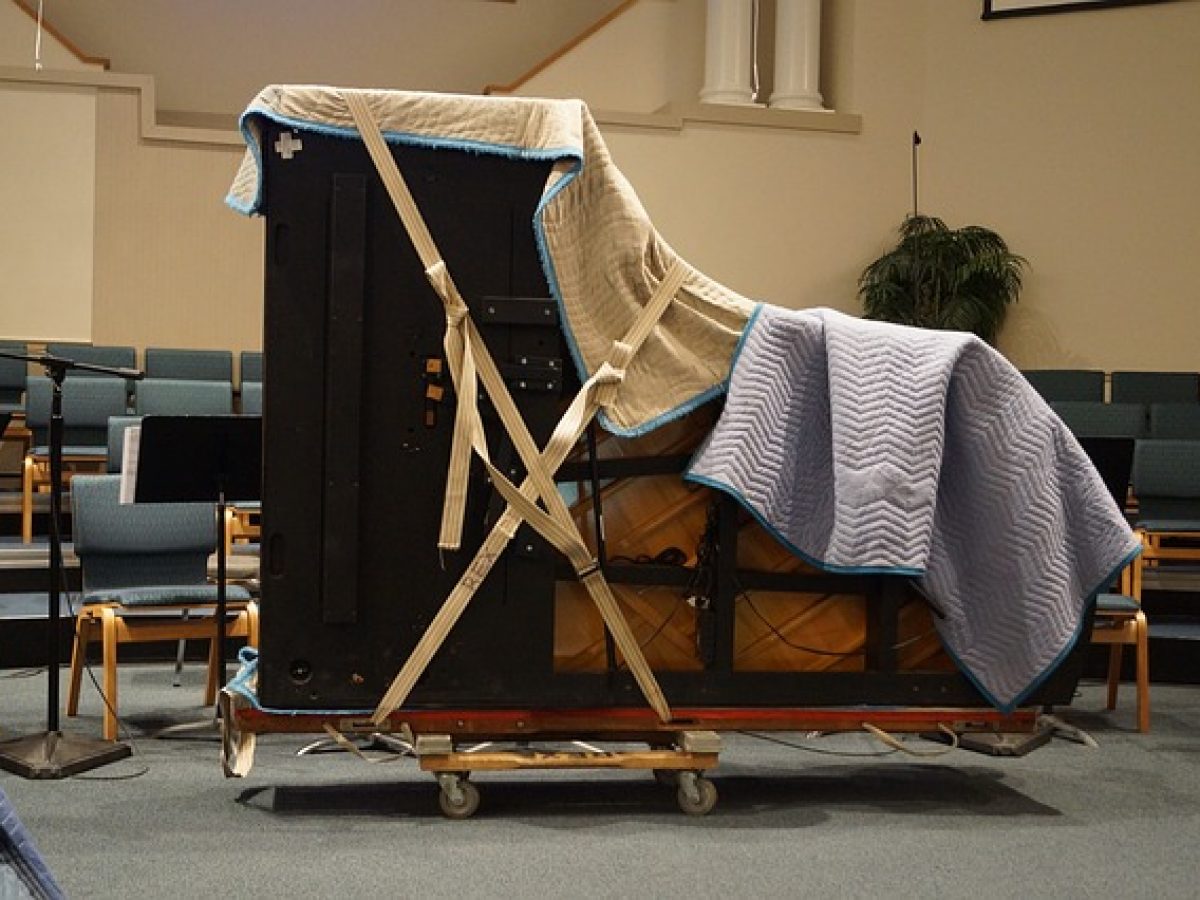

Articles
How To Store A Piano In A Garage
Modified: January 20, 2024
Learn the proper way to store a piano in a garage with these helpful articles, ensuring the safety and preservation of your instrument.
(Many of the links in this article redirect to a specific reviewed product. Your purchase of these products through affiliate links helps to generate commission for Storables.com, at no extra cost. Learn more)
Introduction
Storing a piano in a garage can be a great solution when you need to free up space in your home or if you’re in the midst of a move. However, it’s crucial to take the necessary steps to ensure the piano remains in optimal condition during its time in storage. From assessing the garage space to properly cleaning and preparing the piano, there are several factors to consider. This article will guide you through the process of storing a piano in a garage, providing you with helpful tips and guidance along the way.
Before starting the storage process, it’s essential to assess the condition of the garage space you plan to use. Ensure that the garage is clean, dry, and well-maintained. Check for any signs of leaks or excessive humidity, as these can have a detrimental impact on the piano’s wooden components and overall functionality. Additionally, measure the dimensions of the garage to ensure there is ample space to store the piano without it being cramped or at risk of being knocked over.
Key Takeaways:
- Safely store and preserve your piano in the garage by assessing the space, choosing the right storage method, and regulating temperature and humidity levels to maintain optimal condition.
- Prioritize regular maintenance and inspections to ensure your piano remains in top condition throughout its time in storage, and follow a careful process when retrieving it from the garage.
Read more: How To Store A Piano
Assessing the Garage Space
Before storing a piano in your garage, it’s important to thoroughly assess the space to ensure it meets the necessary conditions for proper storage. Here are a few key factors to consider:
- Cleanliness: Ensure that the garage is clean and free from dust, dirt, and debris. Regularly sweeping or vacuuming the area will help maintain a clean environment for the piano.
- Temperature and Humidity: Pianos are sensitive to extreme temperature fluctuations and high humidity levels. Check that the garage maintains a relatively stable climate, as rapid changes in temperature and humidity can cause damage to the piano’s wooden components.
- Ventilation: Adequate ventilation is essential to prevent the accumulation of moisture and the growth of mold or mildew. Make sure the garage has proper ventilation, such as windows or ventilation systems, to keep the air circulating.
- Security: Consider the security of the garage. Ensure that it is well-locked and protected from unauthorized access to safeguard the piano from potential theft or damage.
- Space: Measure the dimensions of the garage and compare them to the size of the piano. Ensure there is enough space for the piano to fit comfortably without being overcrowded or at risk of being bumped into.
- Accessibility: Consider how easily you can access the piano in the garage. If you anticipate needing to retrieve the piano frequently, make sure it is positioned in a way that allows for easy maneuverability and accessibility.
Taking the time to assess these factors will help ensure that your garage is a suitable environment for storing your piano. By providing the right conditions, you can minimize the risk of damage and ensure that your piano remains in excellent condition throughout its time in storage.
Cleaning and Preparing the Piano
Prior to storing a piano in your garage, it is crucial to clean and prepare the instrument to protect it from dust, dirt, and potential damage. Here are some important steps to follow:
- Remove Dust: Begin by using a soft microfiber cloth or feather duster to gently remove any dust accumulation on the surface of the piano. Pay special attention to the keys, strings, and corners where dust tends to settle.
- Polish the Exterior: Use a piano-specific polish or a mild mixture of water and vinegar to gently clean and polish the exterior of the piano. Avoid using harsh chemicals or abrasive materials that could scratch or damage the finish.
- Clean the Keys: Use a damp cloth or piano-specific key cleaner to clean the piano keys. Carefully wipe each key, working from top to bottom, ensuring not to apply excessive pressure or get the keys too wet.
- Tune the Piano: It’s advisable to have the piano tuned before storing it to ensure that it’s in optimal playing condition upon retrieval. Contact a professional piano tuner who can properly tune and inspect the instrument.
- Protect Moving Parts: If you’re storing a grand piano, carefully lower the lid and secure it with a soft cloth or cover to protect the strings and other moving parts from dust and debris.
- Cover the Piano: Use a breathable and waterproof piano cover to protect the instrument from dust, moisture, and possible scratches. Avoid using plastic covers, as they can trap moisture and lead to condensation.
By thoroughly cleaning and preparing the piano, you will safeguard it from potential damage during the storage period. Taking these steps will help ensure that your piano remains in top condition and is ready to be played when you retrieve it from storage.
Choosing the Right Storage Method
When storing a piano in a garage, it’s important to select the right storage method to ensure the instrument remains protected. Here are some options to consider:
- Upright Storage: Storing the piano in an upright position is the most common method. Place the piano against a wall in the garage, ensuring it is stable and secured. Use piano straps or other restraints to hold the piano in place and prevent it from tipping over.
- Grand Piano Storage: If you have a grand piano, you may choose to store it on its side with the legs removed. This method requires caution and expertise to disassemble and reassemble the piano. It’s recommended to enlist the help of a professional piano technician to ensure proper handling.
- Piano Storage Container: Another option is to use a specialized piano storage container. These containers are designed to provide optimal protection and climate control for the piano. They can be rented or purchased and offer an extra layer of security and safeguard against environmental elements.
- Elevated Storage: Elevating the piano off the ground can help protect it from potential moisture damage. You can use a sturdy pallet or wooden blocks to create a raised platform for the piano. Ensure the platform is stable and level, and take precautionary measures to prevent any potential accidents.
- Storage Units: If the garage space is not suitable or available, renting a climate-controlled storage unit can be an excellent alternative. Make sure to choose a storage facility that offers climate control and security measures to ensure the safety and preservation of your piano.
Consider the space available, the type of piano you have, and the level of protection required when choosing the storage method. Each option comes with its own set of considerations, so it’s important to weigh the pros and cons before making a decision.
Whichever storage method you choose, remember to follow the manufacturer’s guidelines and consult with a professional if you have any doubts or concerns. By selecting the right storage method, you can ensure that your piano remains protected and preserved throughout its time in the garage.
Disassembling the Piano (if necessary)
In certain situations, it may be necessary to disassemble the piano before storing it in the garage. Disassembling the piano can help save space and make the storage process more manageable. However, it’s essential to exercise caution and follow proper procedures to avoid damaging the instrument. Here are some guidelines to consider:
- Consult a Professional: If you are unsure about how to disassemble your piano, it’s best to consult with a professional piano technician. They have the expertise and knowledge to disassemble and reassemble the instrument without causing any harm.
- Take Photos and Label Parts: Before disassembling the piano, take detailed photos of its current state. These photos will serve as a reference when you need to reassemble the piano. Additionally, label each part as you remove it to ensure that you can easily identify and reinstall the components correctly.
- Remove the Legs: If you have an upright piano, start by removing the legs. Carefully unscrew or detach them according to the manufacturer’s instructions. Place the legs in a secure location and label them for easy identification during reassembly.
- Detach the Top Lid: For grand pianos, you may need to detach the top lid. Gently lift the lid and locate the hinges or screws that hold it in place. Unscrew or release the hinges and carefully remove the lid, making sure to handle it with care to avoid any damage.
- Remove Other Components: Depending on the type of piano and its construction, there may be additional components that need to be disassembled. This could include the music desk, pedals, or any removable parts. Keep track of each piece and store them safely to avoid misplacement.
It’s crucial to remember that disassembling a piano can be complex and should only be done if necessary and with the proper knowledge. If you’re uncomfortable or unsure about the process, it’s always best to seek the assistance of a professional piano technician. They will ensure that the piano is safely disassembled and provide guidance for reassembly when the time comes to retrieve the piano from storage.
Read more: How To Move An Upright Piano Upstairs
Wrapping and Protecting the Piano
Properly wrapping and protecting the piano is essential to safeguard it from potential damage during storage in the garage. By following these steps, you can ensure that the instrument remains well-protected:
- Cover with Moving Blankets: Start by covering the entire piano with high-quality moving blankets or furniture pads. These blankets provide cushioning and protection against scratches, dents, and other potential impacts.
- Secure with Plastic Wrap: After covering the piano with moving blankets, use plastic wrap or stretch film to secure the blankets in place. Wrap the plastic tightly around the piano, making sure it is snug but not too tight to avoid putting pressure on delicate parts.
- Protect the Keyboard: To protect the keyboard, cover it with a fitted plastic keyboard cover or multiple layers of plastic wrap. Ensure that the keys are fully wrapped to prevent dust and debris from entering.
- Pad the Corners: Piano corners are particularly vulnerable to damage. Place extra padding, such as foam or bubble wrap, on the corners to provide additional protection against bumps or impacts.
- Use Piano Covers: If you’re storing the piano for an extended period or in a harsher environment, consider using a fitted piano cover made from breathable material. These covers provide an added layer of protection against dust, moisture, and temperature fluctuations.
- Avoid Sunlight Exposure: Position the piano in the garage away from direct sunlight. Prolonged exposure to sunlight can cause the finish to fade or crack, and it can lead to warping or damage to the wood.
By properly wrapping and protecting the piano, you create a barrier that shields it from potential harm while in storage. The layers of blankets, plastic wrap, and covers ensure that the piano remains well-protected from dust, moisture, and accidental impacts.
Remember to handle the piano with care when wrapping and unwrapping it to avoid any unnecessary strain or damage. When it’s time to retrieve the piano from storage, unwrap it gently and inspect it for any signs of potential damage before reassembling and preparing it for use.
When storing a piano in a garage, make sure to cover it with a breathable, waterproof cover to protect it from dust, moisture, and temperature fluctuations. Avoid placing it directly on the concrete floor to prevent moisture damage.
Moving and Positioning the Piano in the Garage
When it comes to moving and positioning a piano in the garage for storage, it’s crucial to handle the instrument with care to prevent any damage. Follow these steps to ensure a safe and secure placement:
- Enlist Help: Pianos are heavy and require more than one person to move them safely. Enlist the assistance of family members, friends, or professional movers who have experience in handling pianos.
- Use Proper Equipment: Invest in furniture sliders, a piano dolly, or a heavy-duty hand truck to facilitate the movement of the piano. These tools will allow for easier transportation and reduce the risk of strain or accidental drops.
- Clear a Path: Before moving the piano, ensure that the path from its current location to the garage is clear of any obstacles, including furniture, rugs, or other items that could impede the safe transport of the instrument.
- Lift with Care: When lifting the piano, use your leg muscles to bear the weight and avoid placing undue strain on your back. Maintain a straight back, and lift with your legs to avoid any potential injuries.
- Protect the Floors: Place furniture sliders or protective mats underneath the piano’s legs or dolly to prevent any damage to the garage floor during the moving process.
- Positioning in the Garage: Once inside the garage, carefully position the piano against a sturdy wall to ensure stability. Make sure it is sufficiently away from any potential hazards or large items that could shift and cause damage during the storage period.
- Secure in Place: If necessary, use piano straps or other restraints to secure the piano to the wall or any nearby fixtures. This will provide an extra layer of stability and prevent the piano from accidentally tipping over.
Remember that proper handling and positioning of the piano is crucial to avoid any accidents or damage. Take your time during the moving process and prioritize the safety of both yourself and the instrument.
By following these steps, you can ensure that the piano is safely and securely positioned in the garage, ready for a period of storage without any risks of damage or instability.
Regulating Temperature and Humidity
Regulating temperature and humidity levels in the garage is crucial for maintaining the condition of the stored piano. Extreme fluctuations in temperature and humidity can cause damage to the wood, strings, and other components of the instrument. Here are some tips for effectively regulating temperature and humidity:
- Avoid Extreme Temperatures: Pianos are sensitive to temperature changes, so it’s important to store them in a garage with a stable temperature. Avoid storing the piano in a garage that is prone to extreme cold or heat, such as unheated or non-insulated spaces.
- Use Climate Control: If possible, consider investing in a climate control system for your garage. This will allow you to maintain a consistent temperature and humidity level, creating an environment that is ideal for piano storage.
- Monitor Humidity Levels: Maintain a humidity level between 40% and 50% for optimal piano storage. Use a hygrometer to monitor the humidity levels regularly. If the humidity is too high, use a dehumidifier to remove excess moisture. Conversely, if the humidity is too low, use a humidifier to add moisture to the air.
- Avoid Water Sources: Keep the piano away from any sources of water or moisture in the garage. Moisture can seep into the piano and cause damage to the internal components. Ensure there are no leaky pipes, windows, or areas where water could potentially enter the storage space.
- Insulate the Garage: If your garage lacks proper insulation, consider adding insulation to help regulate temperature and humidity levels. This will create a more controlled environment for the stored piano.
- Avoid Sunlight Exposure: Position the piano in the garage away from direct sunlight. Prolonged exposure to sunlight can cause the wood to warp or fade, and it can affect the overall integrity of the instrument.
By maintaining a stable temperature and humidity level in the garage, you can protect the piano from potential damage caused by the fluctuating environment. These precautions will help preserve the instrument’s tone, stability, and overall condition throughout its time in storage.
Regular Maintenance and Inspection
Even when a piano is in storage in the garage, it’s important to perform regular maintenance and inspections to ensure its optimal condition. Here are some essential maintenance and inspection tasks to include in your routine:
- Dust and Clean: Regularly dust the piano’s exterior using a soft microfiber cloth to prevent dust buildup. Avoid using any cleaning solutions or chemicals that could potentially damage the finish or components of the instrument.
- Check for Moisture: Inspect the garage for any signs of moisture or water damage. Look for leaks, condensation, or any other sources of excessive humidity that could harm the piano. Address any moisture-related issues promptly to prevent damage to the instrument.
- Inspect the Cover: Check the piano cover for any signs of wear, tears, or damage. Replace the cover if necessary to ensure continued protection from dust and other elements.
- Monitor Temperature and Humidity: Keep an eye on the temperature and humidity levels in the garage using a hygrometer. Adjust the climate control settings or use dehumidifiers/humidifiers as needed to maintain the ideal environment for the piano.
- Tune the Piano: It’s recommended to have the piano professionally tuned at least once or twice a year, even when it’s in storage. Changes in temperature and humidity can affect the piano’s overall pitch and tuning stability, so regular tuning will help keep the instrument in top playing condition.
- Keep the Piano Covered: When not accessing the piano, keep it covered with a breathable piano cover to protect it from dust and potential accidental damage.
- Check for Pest Infestation: Inspect the garage for any signs of pest infestation, such as rodents or insects. These pests can cause damage to the piano’s internal components, so it’s important to address any infestation promptly by contacting pest control professionals.
By performing regular maintenance and inspections, you can catch any potential issues early on and take proactive measures to prevent further damage. This will help ensure that the piano remains in optimal condition throughout its time in storage and be ready for use when you retrieve it.
Read more: How To Place A Piano In A Living Room
Retrieving the Piano from Storage
When the time comes to retrieve your piano from storage in the garage, it’s important to follow a careful and systematic approach to ensure a smooth and successful process. Here are some steps to take when retrieving the piano:
- Prepare the Space: Before moving the piano, clear the space in the garage to provide a safe and unobstructed path. Remove any items or clutter that could hinder the movement of the piano.
- Inspect the Piano: Carefully examine the exterior of the piano to check for any signs of damage or moisture. Remove the cover and inspect the instrument for dust or debris. If necessary, lightly dust the piano using a soft microfiber cloth.
- Restore the Piano: If the piano was disassembled before storage, follow the instructions provided by the manufacturer or consult a professional to safely reassemble the instrument. Take your time and ensure each component is correctly aligned and securely attached.
- Appropriate Lifting: Enlist the help of others or professional movers to lift the piano safely. Use proper lifting techniques, such as using your legs and not your back, to avoid injury. Utilize equipment such as furniture sliders or a piano dolly to assist with the movement if necessary.
- Positioning in the Room: Once the piano is out of the garage, carefully position it in its intended location in your home. Consider factors such as proper spacing from walls, avoidance of direct sunlight, and ensuring a level surface.
- Tuning and Maintenance: After the piano is settled in its new location, schedule a professional tuning to ensure it is in optimal playing condition. Additionally, follow a regular maintenance routine to keep the piano clean and properly cared for.
Retrieving the piano from storage requires patience and attention to detail. By following these steps and taking the necessary precautions, you can safely reintegrate your piano back into your home and enjoy its beautiful music once again.
Conclusion
Storing a piano in a garage can be a practical solution to free up space in your home or during a move. However, it’s crucial to take the necessary steps to ensure the piano remains protected and in optimal condition throughout its time in storage. By following the guidelines provided in this article, you can safely store and preserve your piano in the garage.
Assessing the garage space is the first step, ensuring it is clean, dry, and well-maintained. Cleaning and preparing the piano, choosing the right storage method, and disassembling the piano if necessary are also important considerations. Properly wrapping and protecting the piano with blankets, plastic wrap, and covers will provide an extra layer of defense against dust, moisture, and potential damage. When moving and positioning the piano in the garage, exercise caution and enlist the help of others to avoid accidents.
Regulating the temperature and humidity levels in the garage is paramount for maintaining the piano’s condition. Regular maintenance and inspections, such as dusting, monitoring humidity, and tuning the piano, are essential tasks to ensure its optimal performance. When the time comes to retrieve the piano from storage, carefully prepare the space, inspect the instrument, and reassemble it if necessary.
By following these steps and adopting a proactive approach, you can ensure the safe and successful storage of your piano in the garage. Remember to consult professionals when needed, and always prioritize the well-being and preservation of your instrument. When you eventually retrieve your piano from storage, it will be ready to fill your home with beautiful music once again.
Frequently Asked Questions about How To Store A Piano In A Garage
Was this page helpful?
At Storables.com, we guarantee accurate and reliable information. Our content, validated by Expert Board Contributors, is crafted following stringent Editorial Policies. We're committed to providing you with well-researched, expert-backed insights for all your informational needs.
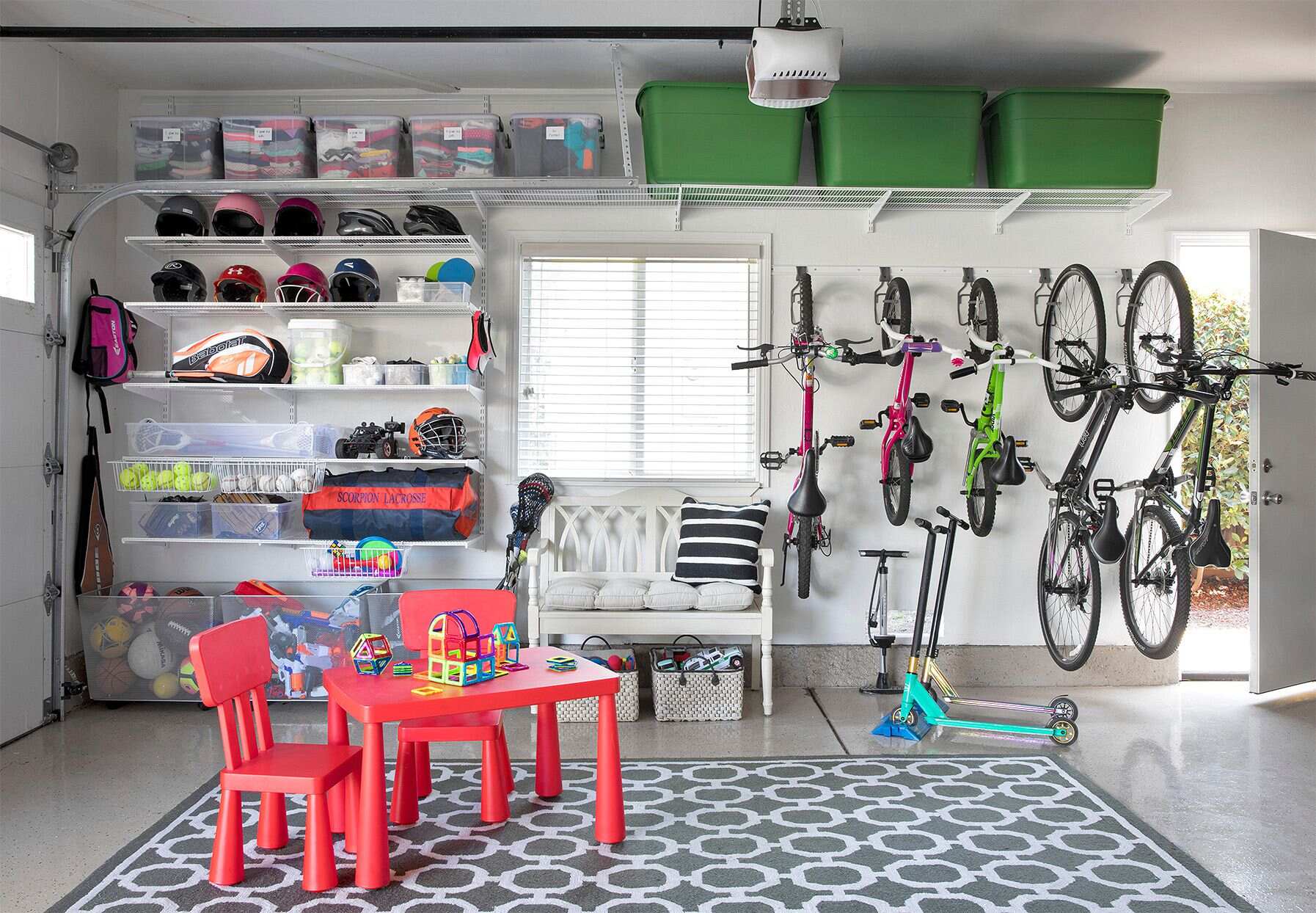
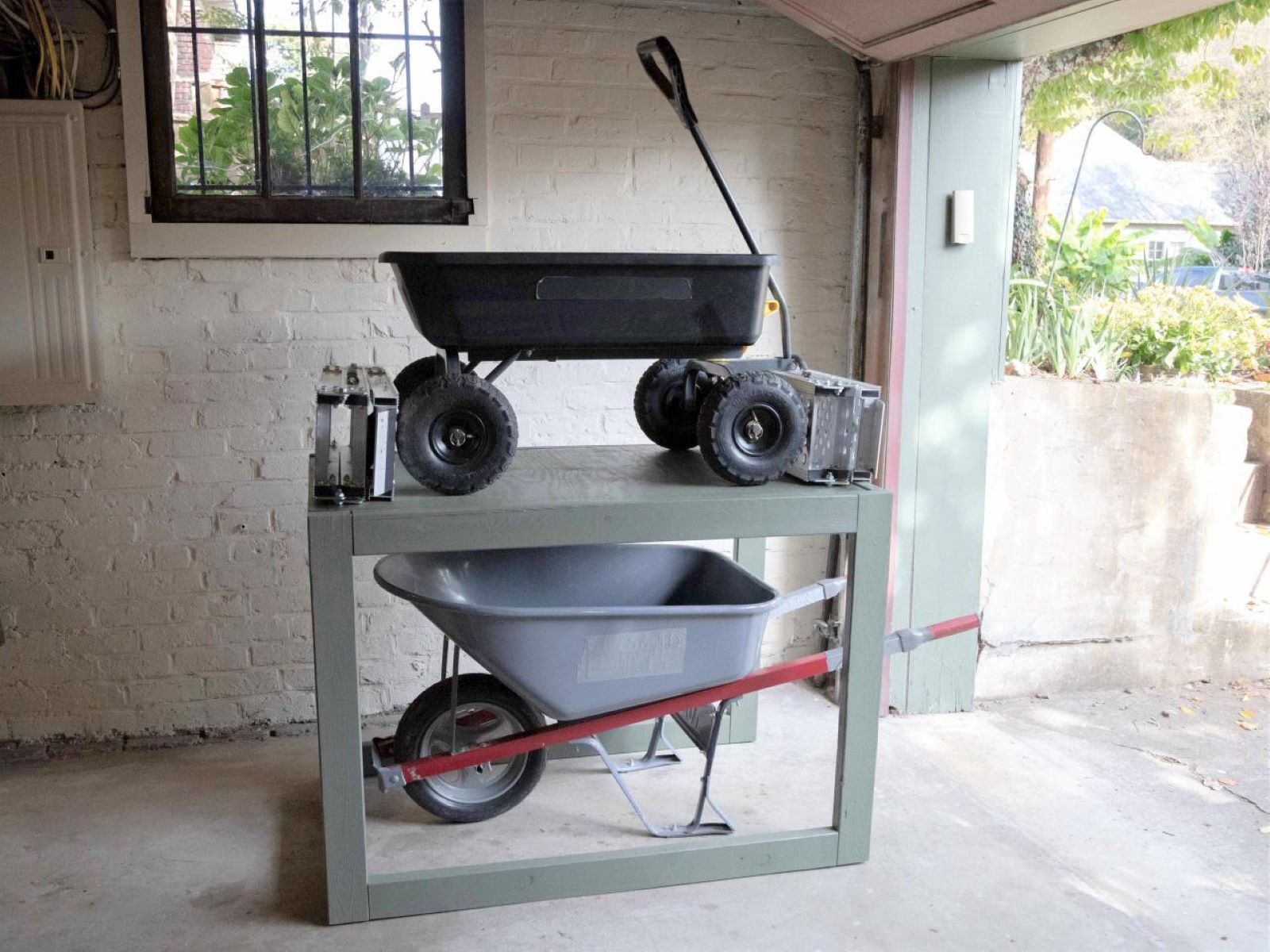
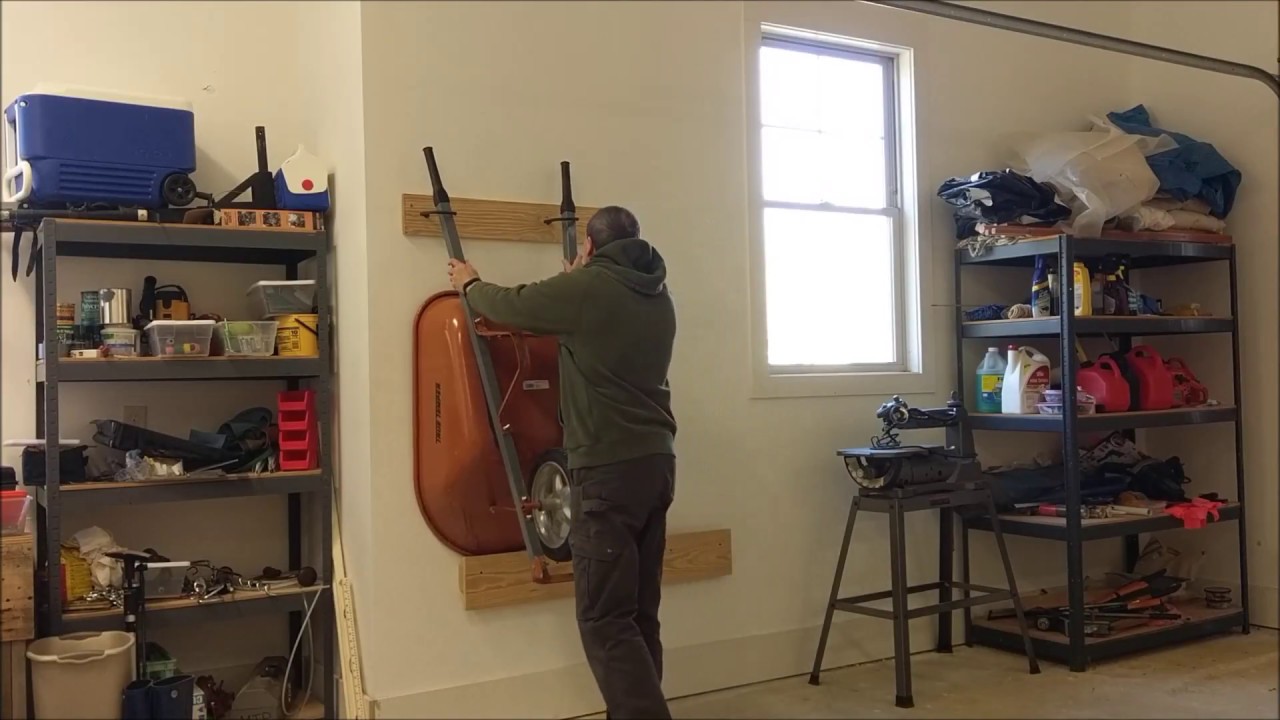
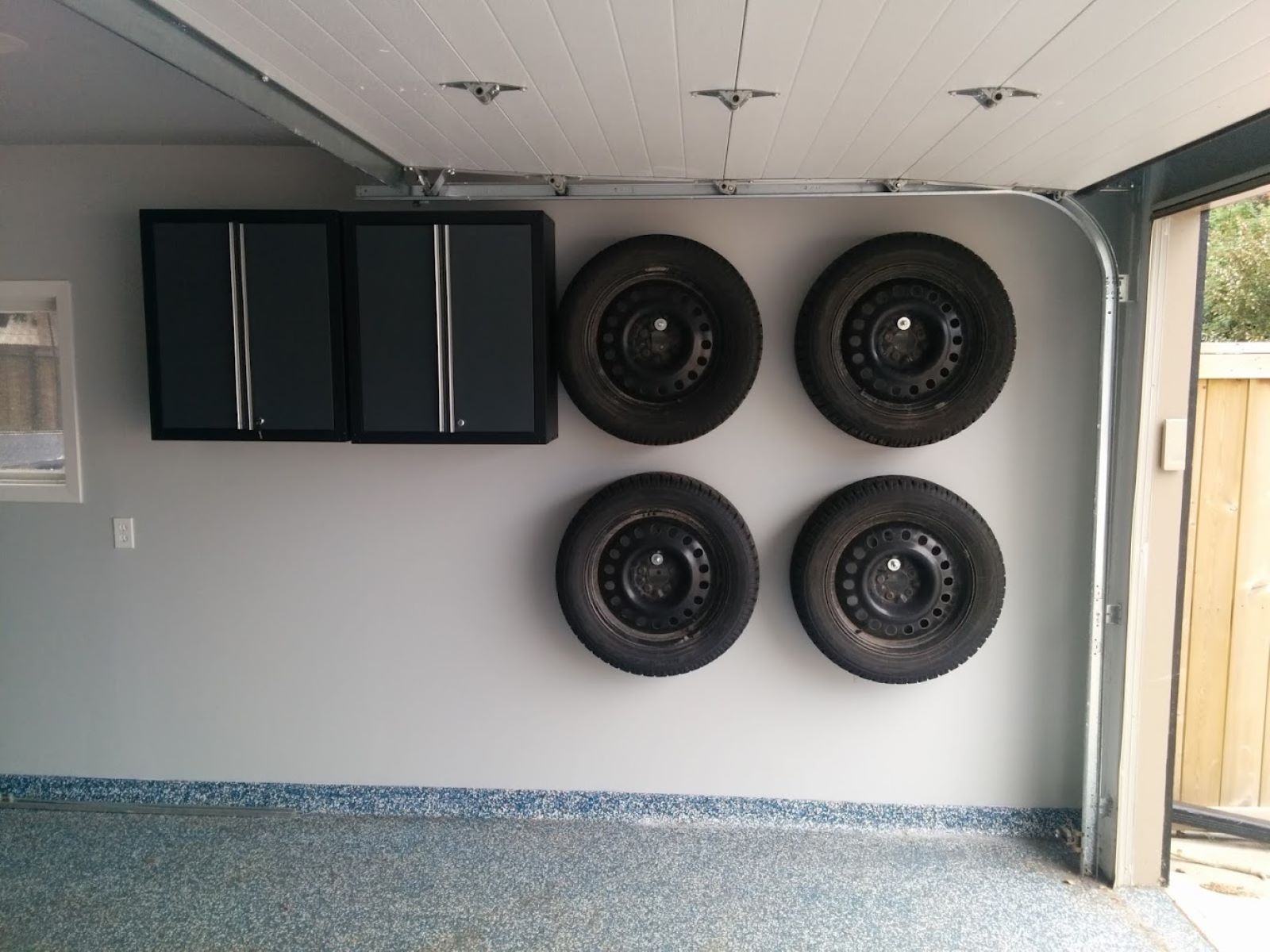
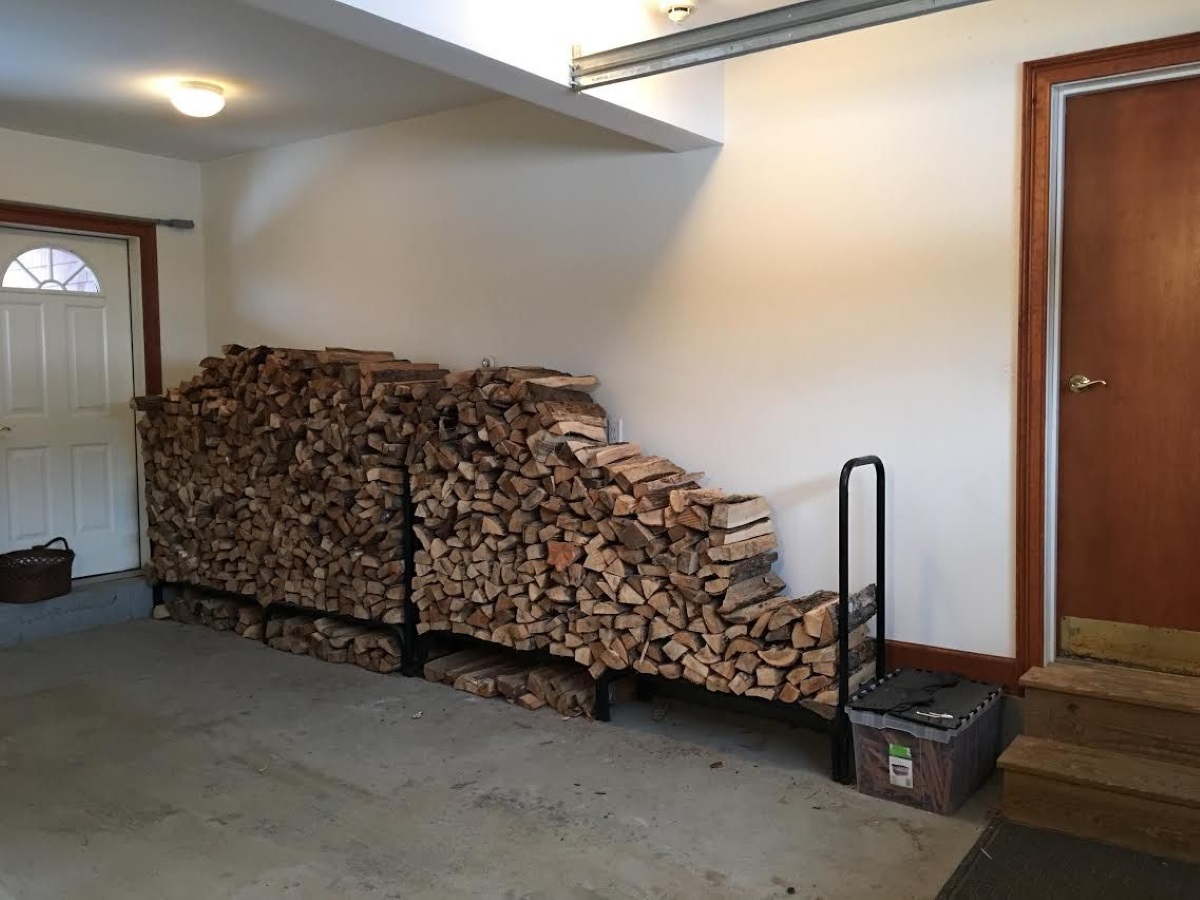
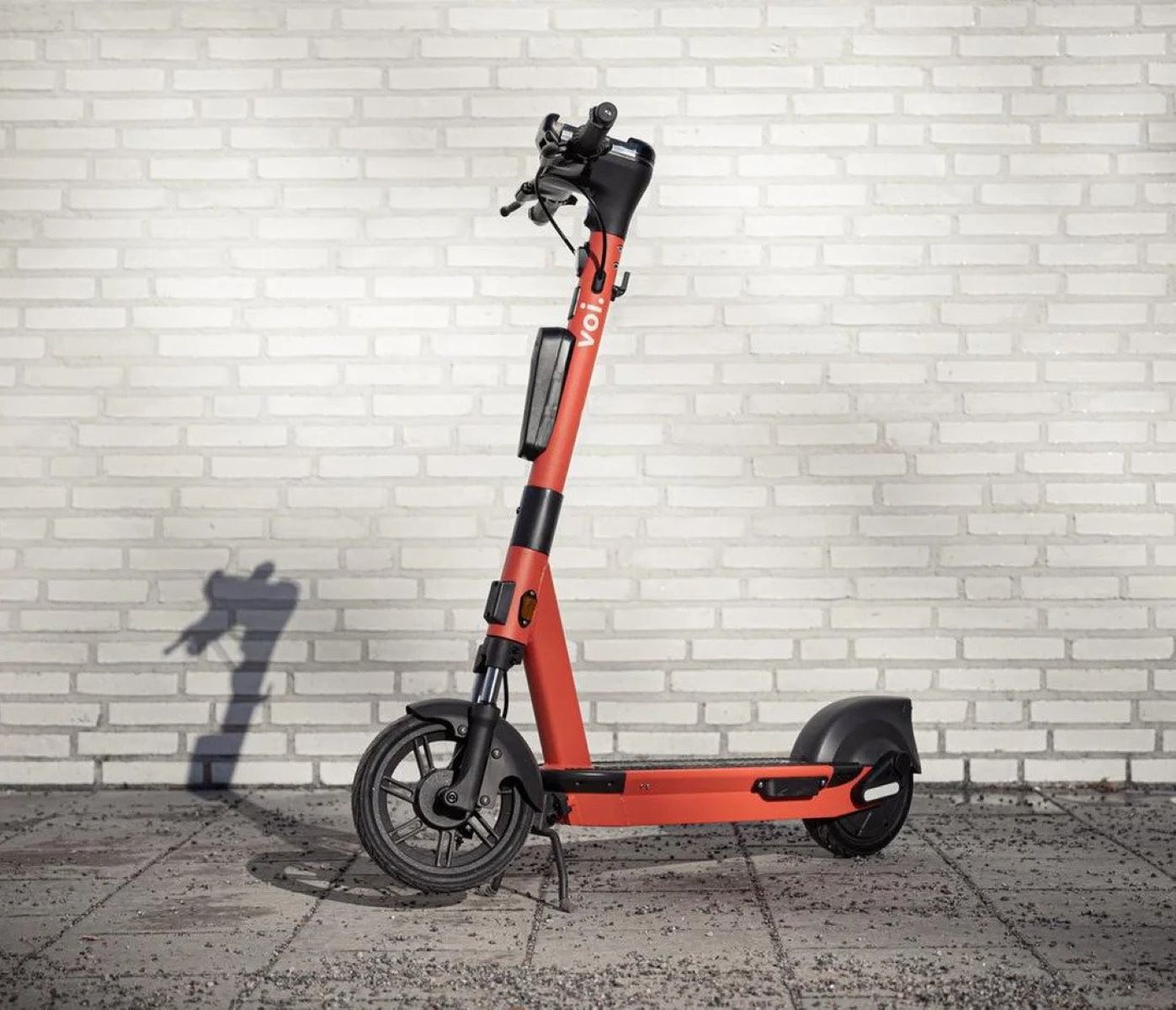
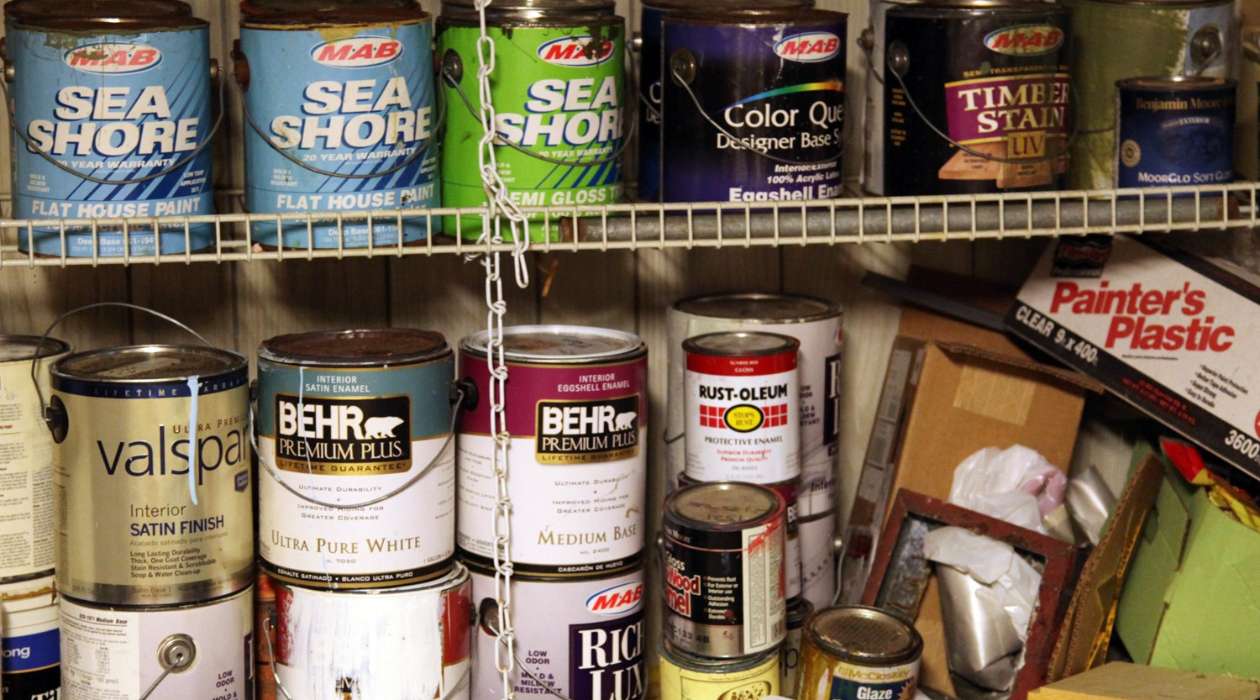
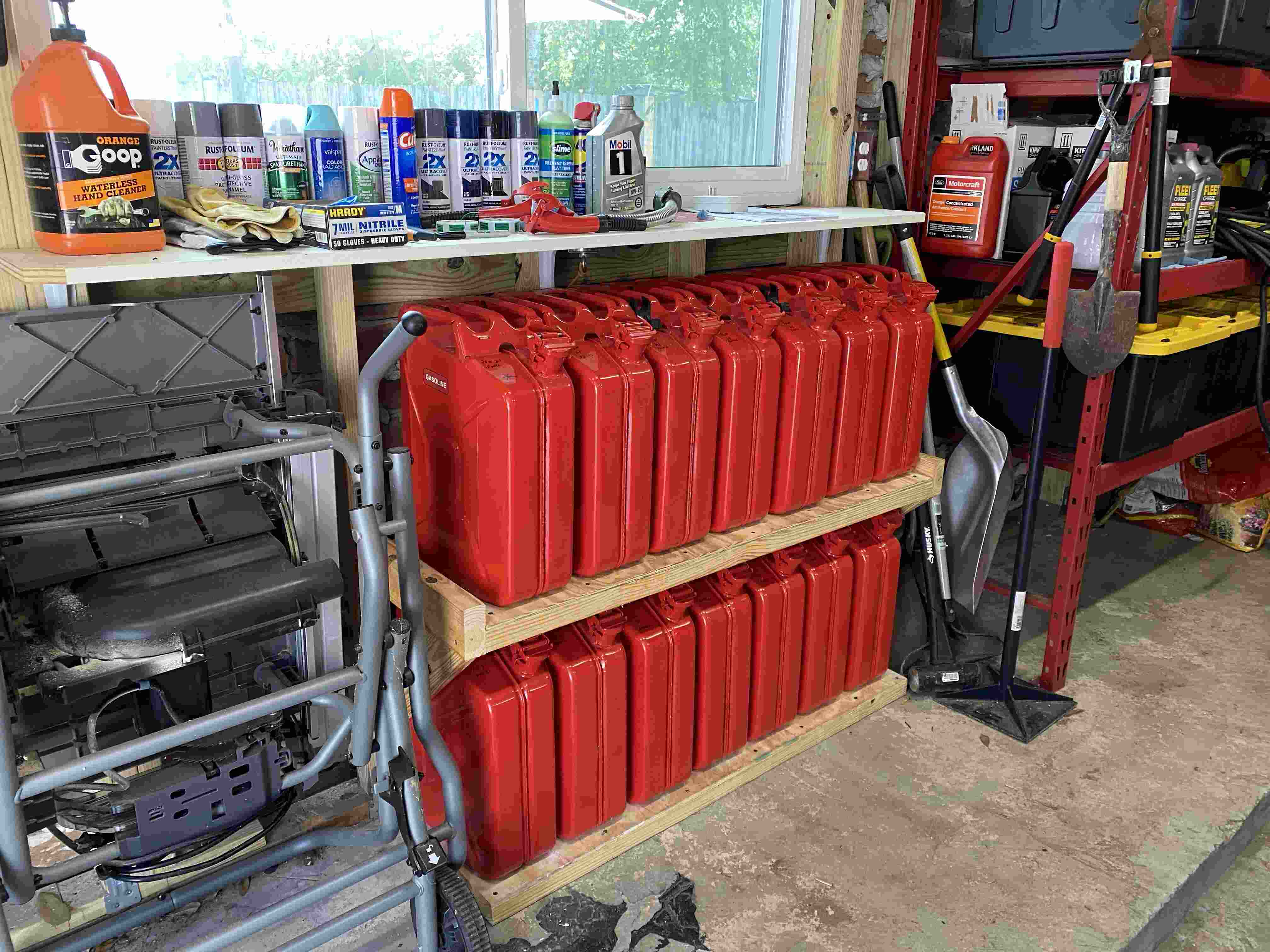

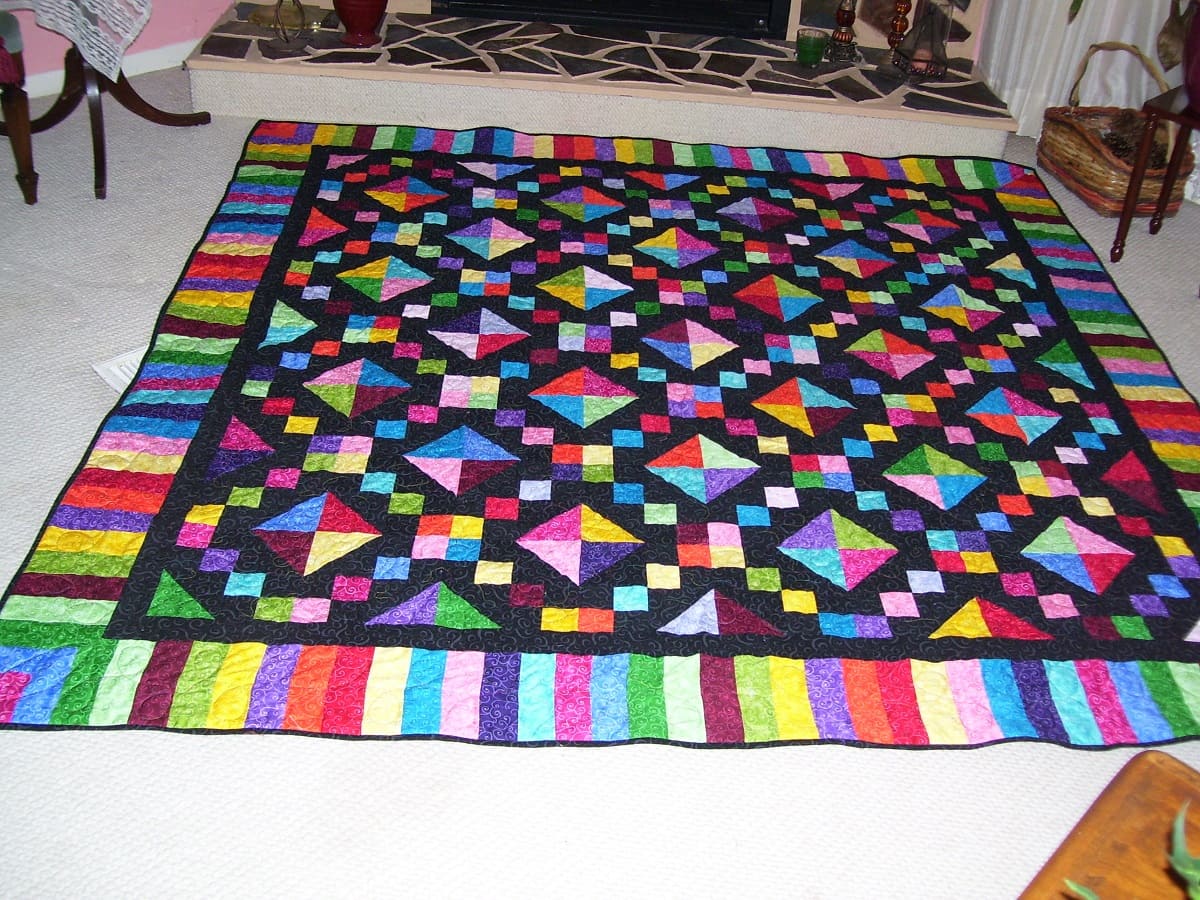
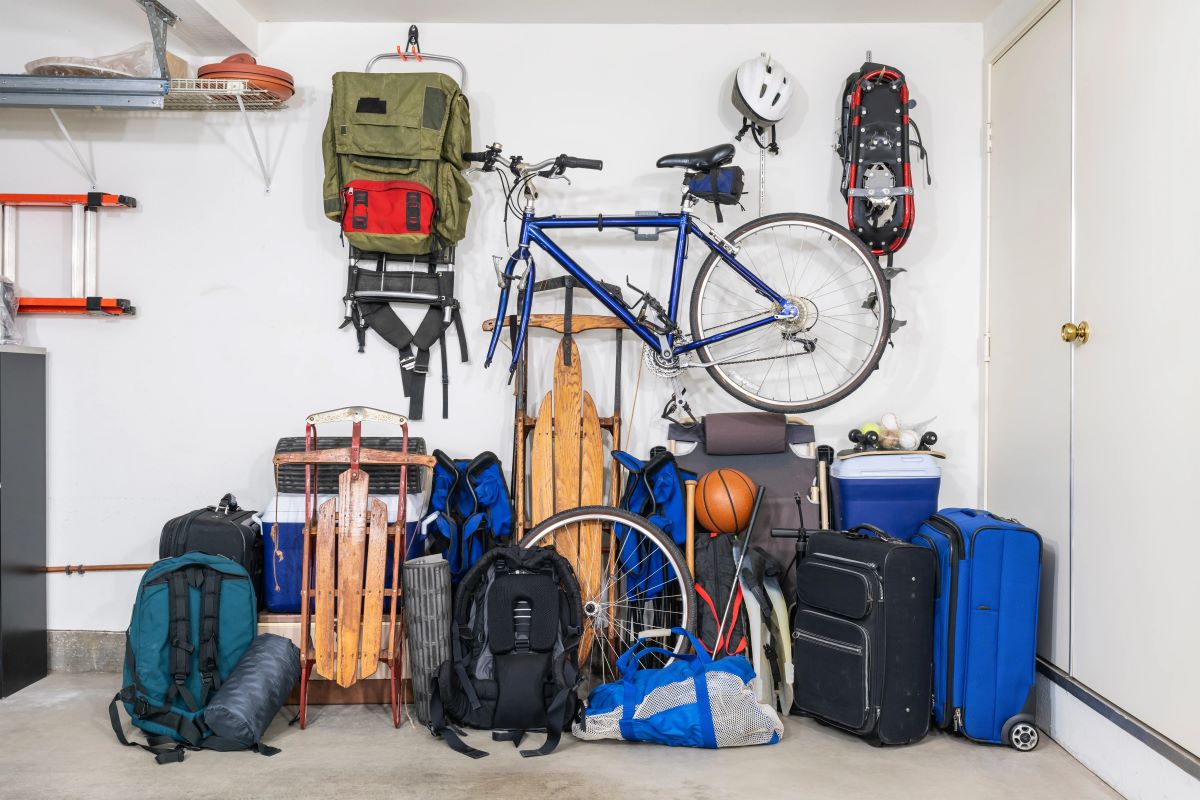
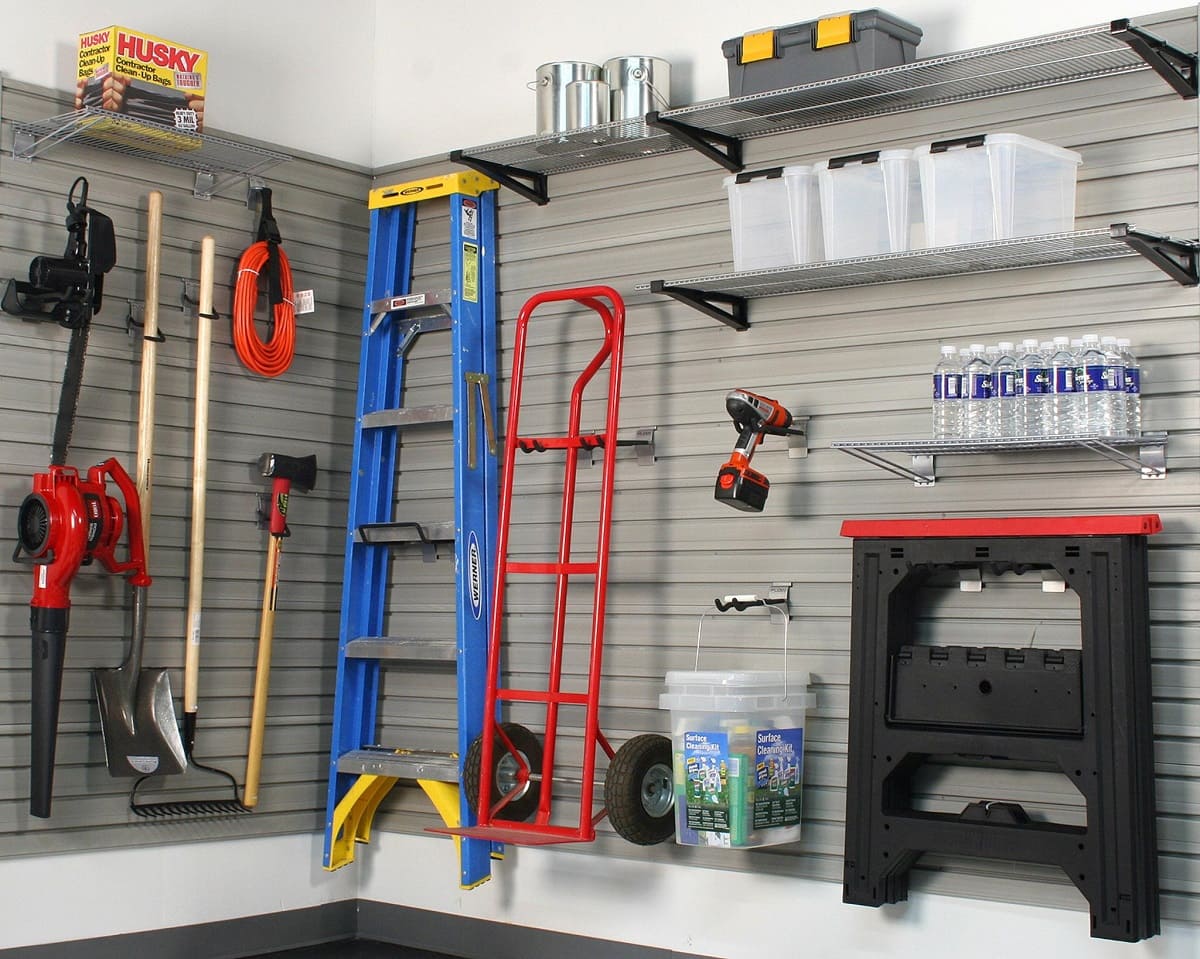
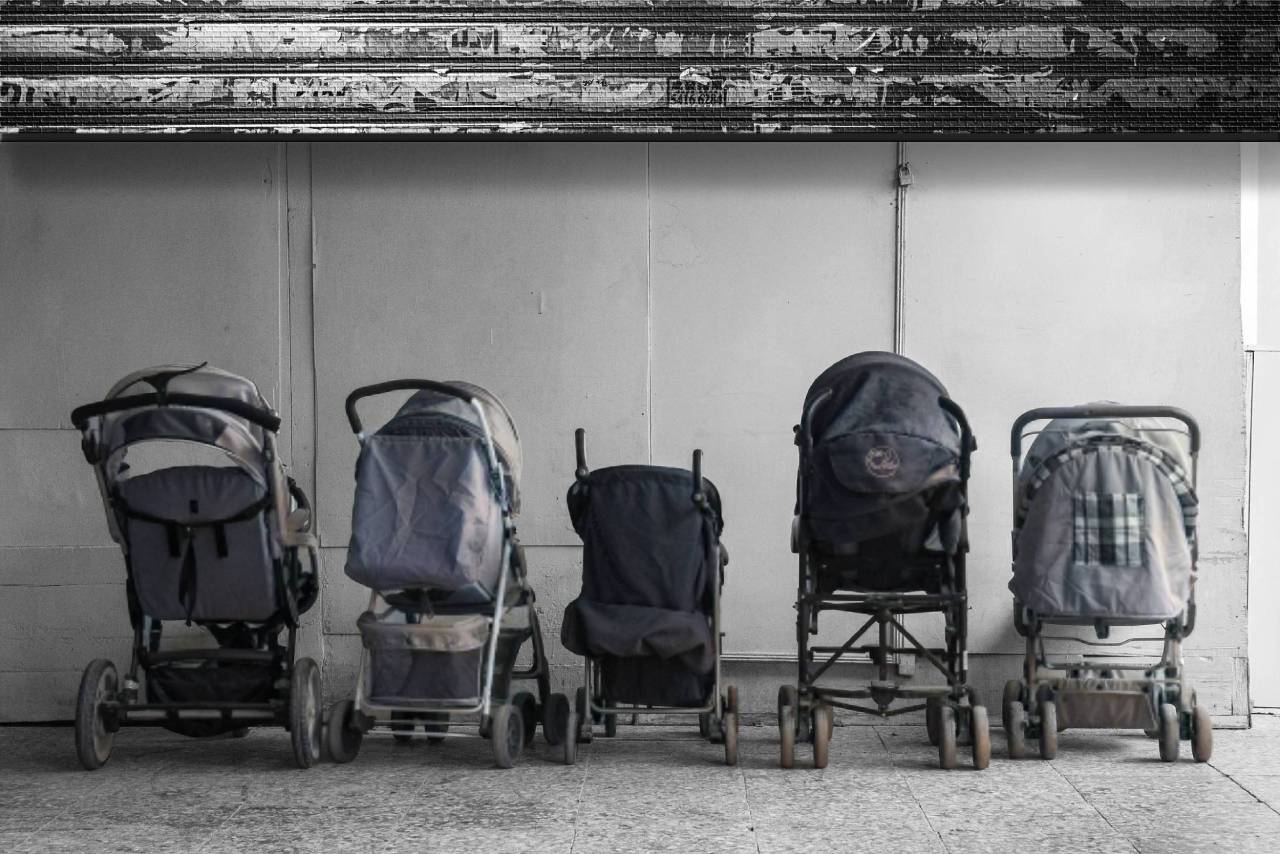

0 thoughts on “How To Store A Piano In A Garage”